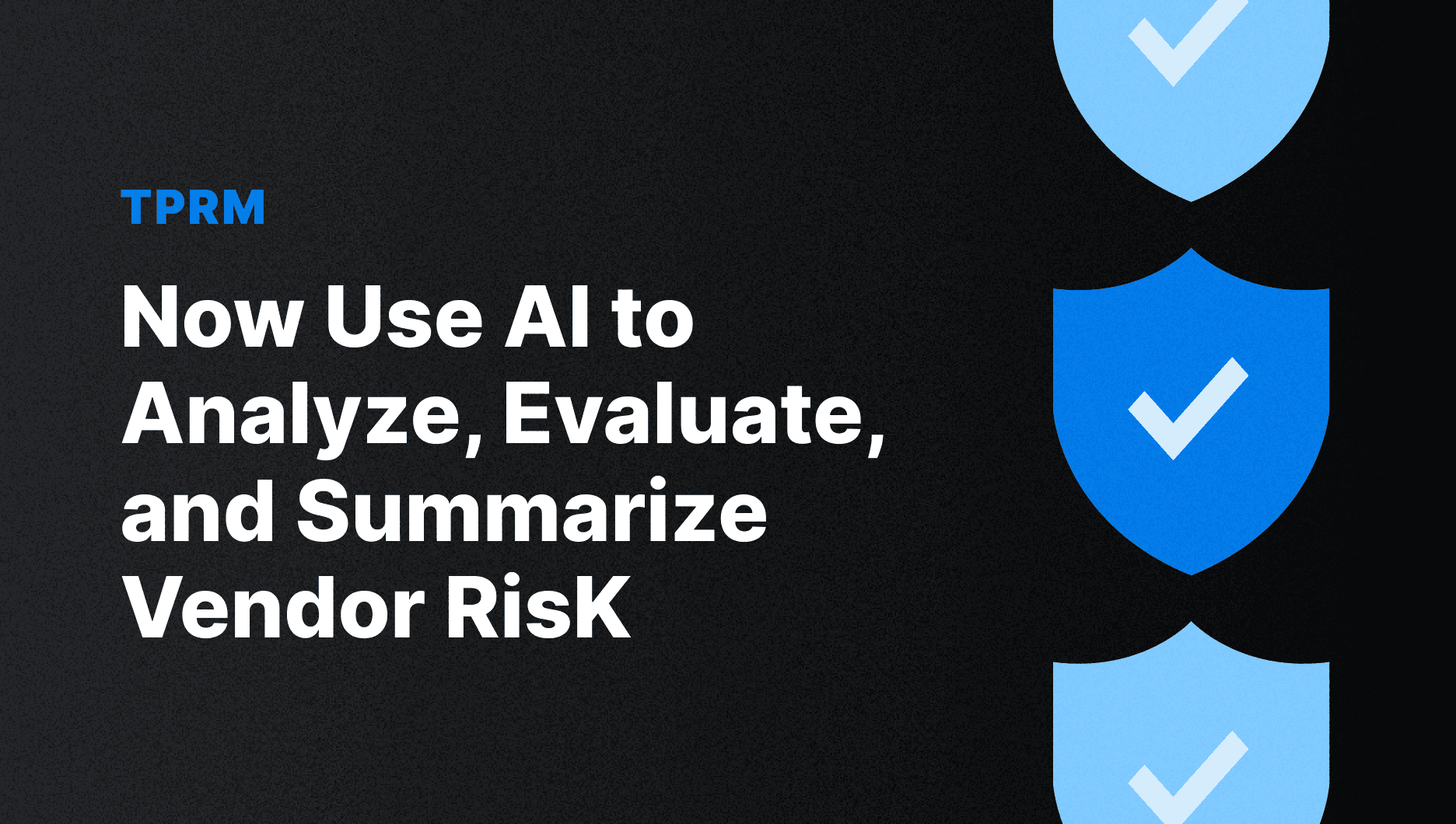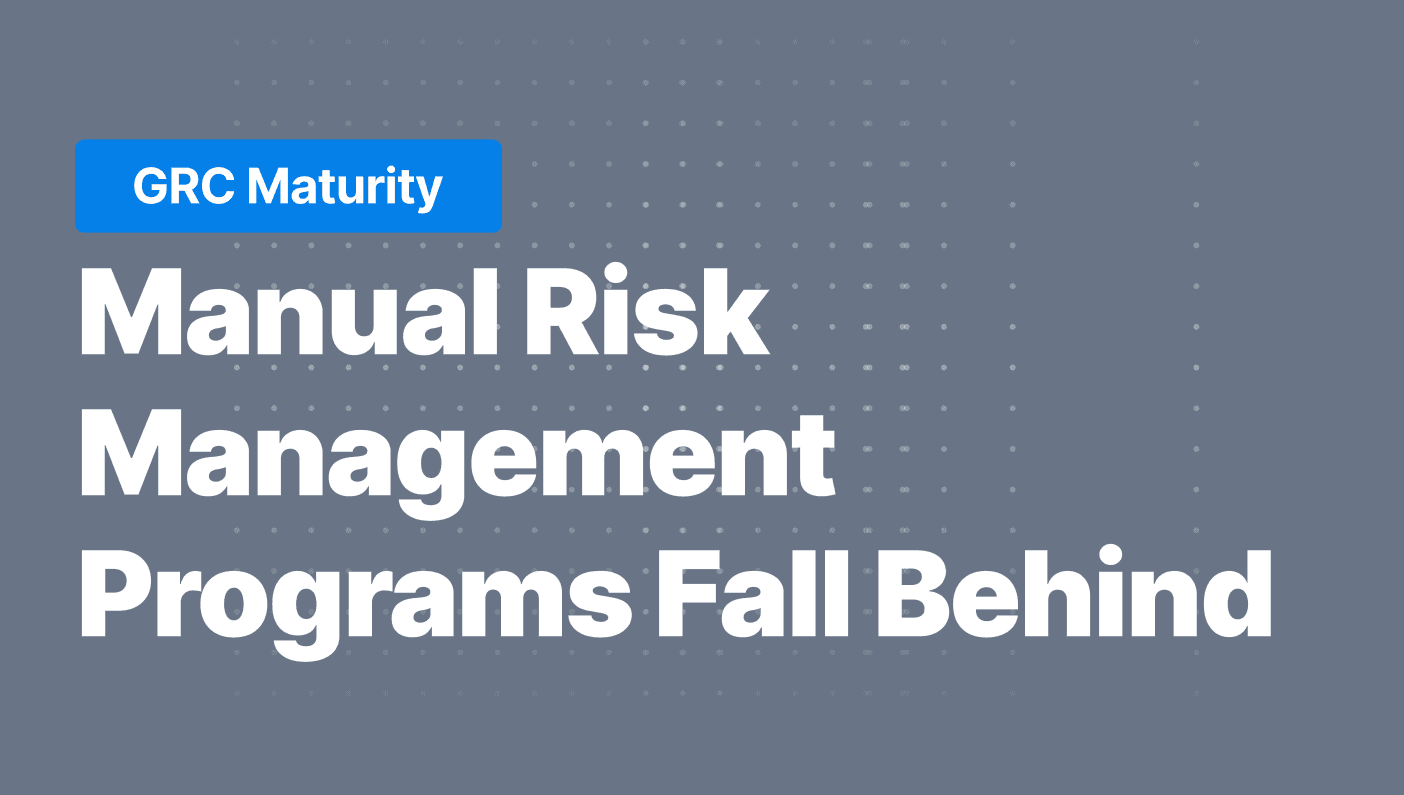Conquering Security Reviews with Compliance Transparency: Key Insights from Industry Leaders
Experts from Drata, AWS, and Sign In Solutions came together in a webinar to discuss how compliance transparency can help companies conquer security reviews and drive revenue growth.
Experts from Drata, AWS, and Sign In Solutions came together in a webinar to discuss how compliance transparency can help companies conquer security reviews and drive revenue growth.
Industry leaders Ashley Hyman (VP of Customer Experience at Drata), Puneet Guglani (Senior Security Assurance Consultant at AWS Security Assurance Services), and Jason Mordeno (Global Compliance Program Manager and Privacy Officer at Sign In Solutions) discussed how embedding compliance transparency into everyday business practices not only builds customer trust but can also serve as a competitive advantage.
Why Compliance Transparency Matters
With 60% of companies surveyed by Gartner saying they prefer to work with organizations that demonstrate strong cybersecurity practices, it’s clear that the stakes are high.
But transparency in compliance is not just about building trust; it's about enabling sales. Jason Mordeno explained how making their compliance posture more transparent accelerated sales by 40%. Instead of viewing compliance as a burden, Sign In Solutions has made it a proactive part of their sales strategy, enabling faster deal closures and better customer retention.
"Building trust is not a reactive process; it’s a proactive one," Jason noted, emphasizing the importance of demonstrable compliance—providing verifiable proof that customer data is continuously secure.
From Burden to Business Enabler
One of the most important takeaways from the conversation highlighted how businesses can shift their perspective on compliance. As Puneet Guglani pointed out, “Compliance is everyone’s responsibility.” It’s no longer just the domain of IT or security teams. Instead, companies should embed compliance into every aspect of their operations, from product development to customer interactions.
By treating compliance as a business enabler, companies can turn what might have once been seen as a burden into a powerful tool for growth. Ashley Hyman highlighted the importance of compliance by design, noting that companies should build compliance into their systems from the start rather than adding it as an afterthought.
Best Practices for Compliance Transparency
So, how do you make compliance transparency part of your company’s DNA? Here are three best practices discussed by the panel:
Shift Left with Compliance: Puneet underscored the importance of shifting compliance earlier into the product development lifecycle. This means embedding compliance measures during the design phase rather than waiting until the product is launched.
Automate Compliance: Both Jason and Puneet stressed the role of automation in compliance. Automation tools can help companies track compliance in real-time, reducing the manual burden of audits and enabling continuous monitoring of risks and vulnerabilities.
Empower Your Sales Team: One of the standout strategies from Sign In Solutions was their decision to train their sales team to speak confidently about compliance. This not only speeds up the sales process but also builds trust with customers by demonstrating that compliance is baked into the company’s operations.
The Role of AI in Compliance
No conversation about the future of compliance would be complete without addressing artificial intelligence (AI). Puneet Guglani noted that AI is poised to be a game changer, especially in terms of automating repetitive compliance tasks and providing customers with self-service options for security inquiries.
By leveraging AI, companies can move away from reactive compliance—where they wait for customer questions—and move toward a proactive model, providing answers and solutions before issues arise. This efficiency saves time for both the company and its customers, enhancing the overall customer experience.
Looking Ahead: The Future of Compliance Transparency
As we look to the future, one thing is clear: compliance transparency is no longer a "nice-to-have"—it’s table stakes for doing business. Jason Mordeno summed it up perfectly when he said, “If you don’t have compliance transparency, you’re going to be left behind.”
Whether it’s using automation to streamline the compliance process, embedding compliance into your company culture, or leveraging AI for real-time monitoring, the message from these industry leaders is clear: companies that prioritize transparency in compliance will be better positioned to build customer trust and grow their business.
Want to learn more about how to transform compliance transparency into a business enabler? Explore tools like Drata’s Trust Center, which provides real-time visibility into your compliance posture, and see how you can take your compliance strategy to the next level. To watch the webinar on-demand, sign up here.






